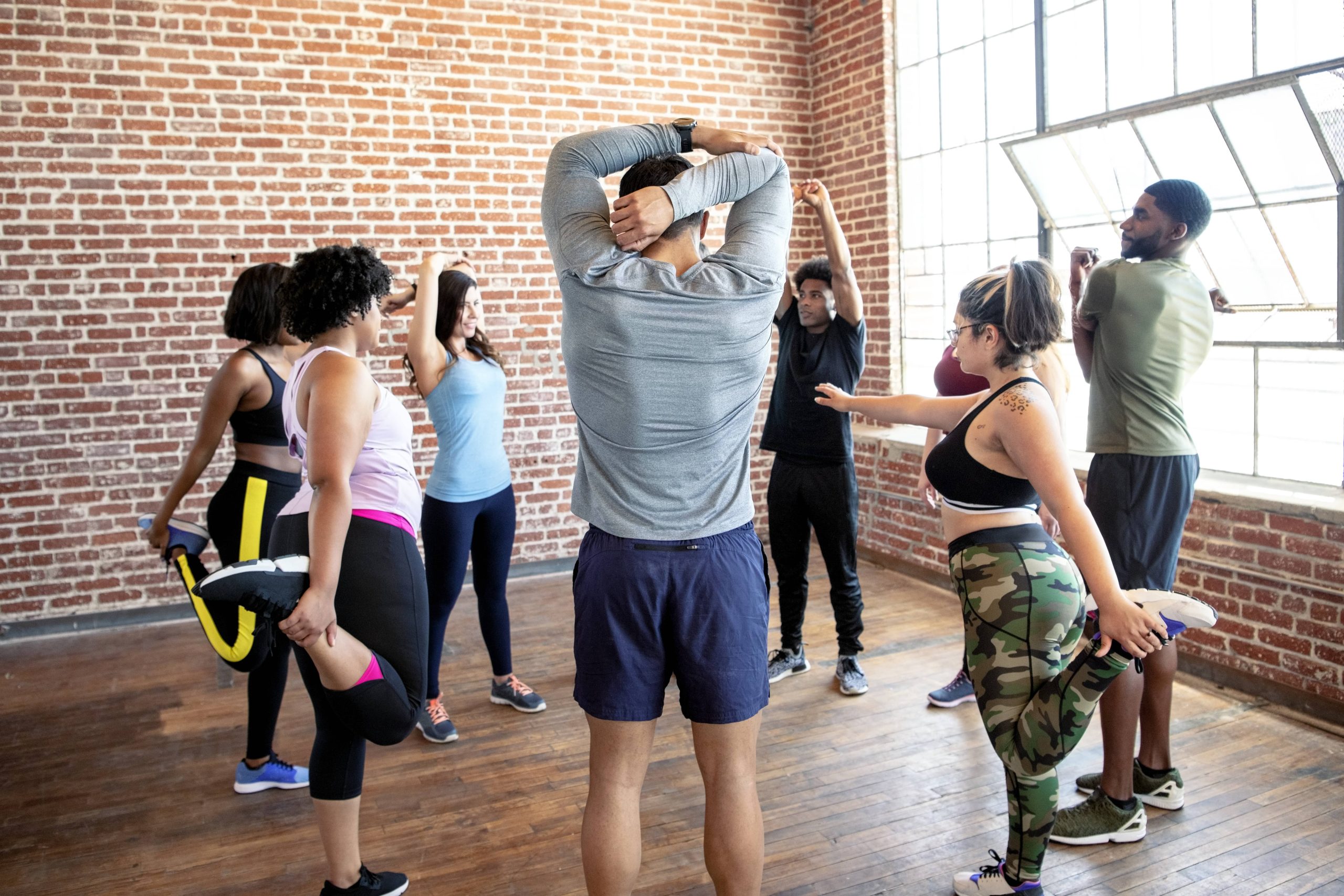
In today’s fast-paced world, finding time to maintain a fitness routine can be challenging. With work, family, and social commitments, it often feels like there aren’t enough hours in the day. However, achieving your fitness goals doesn’t necessarily require spending hours at the gym. By focusing on efficient workouts, you can maximize your results in less time. This guide will explore strategies and tips to help you achieve fitness efficiently.
Understanding Efficient Workouts
Efficient workouts are designed to maximize the benefits of exercise in a shorter period. The key is to focus on quality over quantity. This means engaging in exercises that target multiple muscle groups, incorporating high-intensity intervals, and ensuring proper form to prevent injury and enhance effectiveness.
The Science Behind Efficient Workouts
Research has shown that high-intensity interval training (HIIT) can be as effective as traditional endurance training in improving cardiovascular health and burning calories. HIIT involves short bursts of intense exercise followed by brief rest periods. This approach not only saves time but also boosts metabolism and enhances fat loss.
Designing Your Efficient Workout Plan
1. Set Clear Goals: Before starting any fitness routine, it’s essential to define your goals. Whether it’s weight loss, muscle gain, or improved endurance, having a clear objective will guide your workout plan.
2. Incorporate Compound Exercises: Compound exercises work multiple muscle groups simultaneously, making them ideal for efficient workouts. Examples include squats, deadlifts, and push-ups. These exercises not only save time but also improve overall strength and coordination.
3. Embrace HIIT: As mentioned earlier, HIIT is a powerful tool for efficient workouts. A typical HIIT session might include exercises like sprinting, burpees, or jump squats, performed in intervals of 30 seconds of work followed by 15 seconds of rest.
4. Prioritize Form Over Speed: While the goal is to complete workouts quickly, it’s crucial to maintain proper form. Poor form can lead to injuries and reduce the effectiveness of the exercise. Focus on executing each movement correctly, even if it means slowing down.
5. Utilize Supersets and Circuits: Supersets involve performing two exercises back-to-back without rest, while circuits involve a series of exercises performed in sequence. Both methods keep your heart rate up and reduce downtime, making your workout more efficient.
Sample Efficient Workout Routine
Here’s a sample 30-minute workout routine that incorporates the principles of efficient workouts:
– Warm-Up (5 minutes): Jumping jacks, arm circles, and leg swings to prepare your body for exercise.
– Circuit 1 (10 minutes):
– Squats (1 minute)
– Push-ups (1 minute)
– Plank (1 minute)
– Rest (30 seconds)
– Repeat the circuit twice.
– HIIT Session (10 minutes):
– Sprinting in place (30 seconds)
– Rest (15 seconds)
– Burpees (30 seconds)
– Rest (15 seconds)
– Repeat the HIIT cycle four times.
– Cool Down (5 minutes): Stretching exercises focusing on major muscle groups to aid recovery.
Tips for Staying Motivated
1. Track Your Progress: Keep a journal or use fitness apps to track your workouts and progress. Seeing improvements over time can be a great motivator.
2. Find a Workout Buddy: Exercising with a friend can make workouts more enjoyable and hold you accountable.
3. Mix It Up: Avoid monotony by varying your workouts. Try new exercises, change your routine, or explore different workout environments.
4. Listen to Your Body: Rest is crucial for recovery and preventing burnout. Ensure you have rest days and listen to your body’s signals.
Conclusion
Achieving fitness in less time is possible with the right approach. By focusing on efficient workouts, you can make the most of your limited time and still reach your fitness goals. Remember, consistency is key, and even short, focused workouts can lead to significant improvements in your health and well-being. Embrace the challenge, stay motivated, and enjoy the journey to a fitter you.
